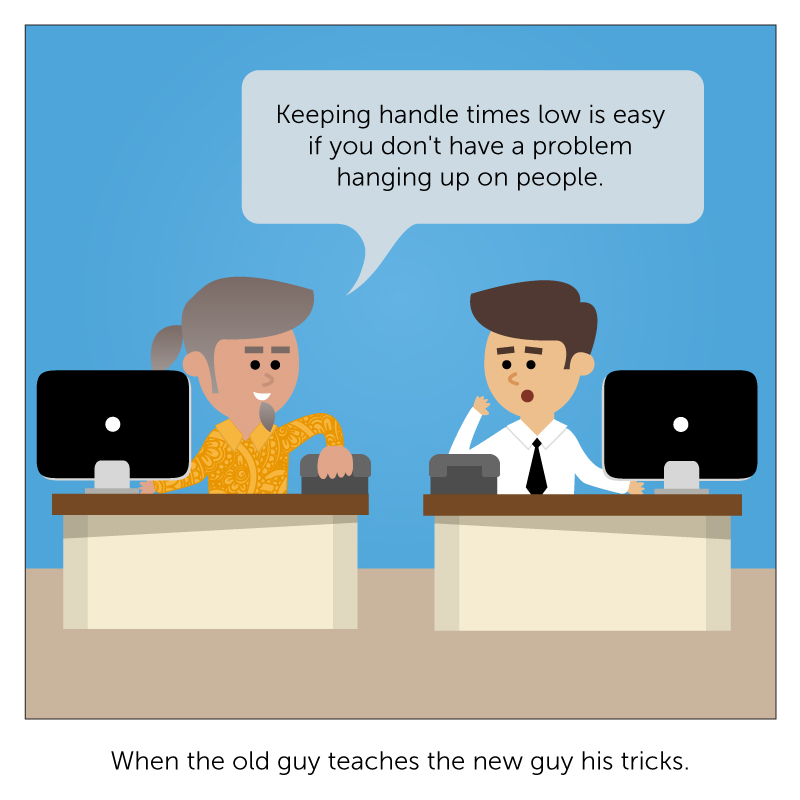Customers do not appreciate being put on hold, and if left on hold for too long are likely to abandon a call. Abandon calls create excessive expenses for contact centers and are a waste of agents’ time and resources. Preventing abandoned calls ensures that contact centers save time and money, and ensures that customers stay loyal to their company.
The following are five ways contact center teams can prevent abandoned calls:
1. Keep your customers informed: Contact centers should have systems in place that inform callers how long the estimated wait time will be. Customers are more likely to stay on hold when they can set expectations for how long that hold time will be. When callers are uninformed and made to feel as though they will be waiting on hold indefinitely, they are more likely to abandon a call.
2. Be sure you have the resources to handle calls: Contact center managers should real-time performance dashboards to determine when their contact center experiences the most traffic. During the times when contact centers anticipate a high volume of calls, there should be enough agents on hand to handle each call in a timely manner, Management should consider a centralized global queue so make sure they can handle all calls at any time of day without any glitches. Customers are more likely to stay on a call when the expected hold time is short and the technology works well.
3. Offer customers the option to call back: Offering customers the option to call back allows them to call at a time when an agent will be immediately available. Customers appreciate not having to wait on hold and contact center agents can better handle their queues, which leads to a reduction of abandoned calls on both sides.
4. Train agents: If a customer feels a contact center agent is incompetent, that customer will likely abandon the call and may take their business to a competitor. To ensure that every agent is competent and able to handle any customer issues, agents should be well trained. Well-trained agents help customers feel appreciated and reduces instances of customers hanging up and calling a competitor.
5. Add chat, email, and texting options: Providing omni-channel communications for your customers lets them decide which method of correspondence best works for them. As more customers choose to communicate with agents via email, chat, or text, call queues are reduced and agents are able to resolve customer issues in a more organized and efficient manner.
By keeping customers informed, having sufficient recourses, offering customer a callback option, training agents, and offering additional methods of communication, contact center managers and their teams can prevent abandoned calls, increase revenue, and keep customers loyal.








